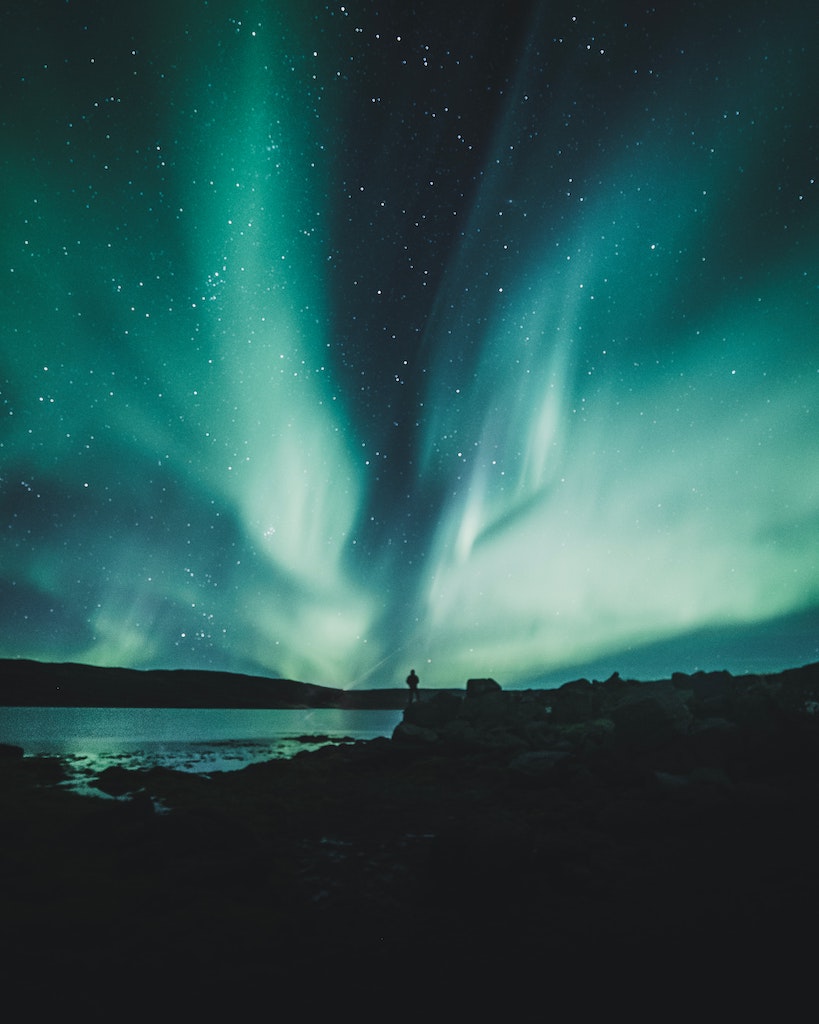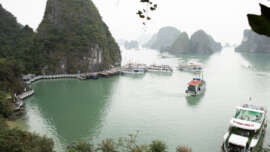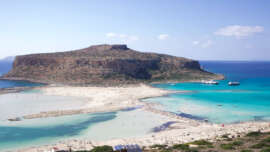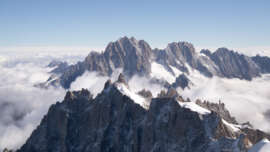There are so many reasons why Iceland is now a top travel destination. Iceland offers such beautiful landscapes unlike anywhere in the world. Travellers get to see the Northern Lights, experience Iceland’s famous geothermal baths and more. However, there is so much more about Iceland that makes it such an extraordinary country, one of the reasons being that Iceland is known as the “land of fire and ice”. Iceland has approximately 269 glaciers which take up approximately 11% of the country thus the reason Iceland is known for the land of Ice. The fire part of Iceland is from the volcanic activities present in the country. Iceland is known to have 30 active volcanoes.
Below we will further discuss more why Iceland is known as the ‘land of fire and ice’ as well as how an eruption from one of Iceland’s volcanoes affected aviation and how this amazing country has managed to have one of the “cleanest energy consumption in the world”.


Icelandic Glaciers
As mentioned above Iceland is home to 269 glaciers. A unique fact to note about some of Iceland’s glaciers is that some of them sit on top of the volcanoes, this is called Mountaintop Glaciers. Actually, another fun fact about Mountaintop Glaciers is that they are the reason Iceland has so many waterfalls to explore. As a result of global warming, this has caused some of the glaciers to melt thus resulting in new waterfalls. One example of a Mountaintop glacier is one on top of the Eyjafjallajökull famously known for its 2010 eruption that resulted in thousands of flights being grounded around Europe. There are great tours for those who want to see these glaciers. Some include Glacier Hikes, Kayaking Tours, and Boat Tours. This was definitely on my bucket list however, I didn’t get the chance to drive to that part of Iceland. When I visited Iceland I was only there for about 4 days. This gave me just enough time to chase waterfalls. I would love to revisit Iceland again and see all the things I didn’t get to see last time. After reading about all the glaciers, it made me want to revisit Iceland even more. The waterfalls I saw were simply breathtaking. Some of the waterfalls were a short walk and others were a hike. It was a great experience. There are so many things to do in Iceland.



Iceland Volcanoes
Iceland is widely known as the ‘land of fire and ice’ here is the fire portion of that statement. There are 30 active volcanoes in Iceland, 13 of which have erupted since 874 AD. Actually, if you combine both active and dormant volcanoes, Iceland technically has 48. A really cool tourist attraction that was incorporated in the dormant volcano Thrihnukagigu is that they’ve allowed visitors to lower themselves into an old magma chamber. Here is a link to one of the tours if you are interested: https://insidethevolcano.com/the-tour/
Due to the type of environment that Iceland is surrounded by, it is very important to have seismologist assessments and reviews often especially with volcanoes. Since the major eruption in 2010 of Eyjafjallajökull, there have only been 3 eruptions. The most recent eruption of Bárðarbunga did not release any ash clouds, it was just a lava eruption.
The Eruption of Eyjafjallajökull
The eruption of Eyjafjallajökull is probably the most known due to its enormous impact on the surrounding airspace. The eruption happened in two parts. The first part being on March 20th, 2010 and the second part on April 14th. During the first phase of the eruption, there was low explosion activity. However, in the second phase, the ice melted mixing in with the magma from the volcano causing a huge eruption resulting in volcanic ash rising up to 10km high. The wind in the area made the matters worse. This spread south-east towards Norway, and Northern Scotland.
The issue with this is that aircraft can not fly with volcano ash in the engines. To put it simply when an engine becomes contaminated with volcanic ash, it clogs up the engine, small particles from the ash will melt into the combustion chamber which will block airflow potentially causing the engine to stall. This is the reason why it is very important for a jet aircraft to avoid volcanic ash.
How Iceland utilize the environment around them
The capital city of Iceland, Reykjavik is one of the most sustainable cities in the world. One of the major initiatives is that most of the energy in Iceland is from hydro and geothermal power. 90% of accommodations in Iceland are actually heated up using only geothermal heating. Produce such as fruits and vegetables are being heated in a greenhouse by geothermal energy. This is one of the many ways that Iceland has managed to be so sustainable.
A major tourist attraction in Iceland is the Blue Lagoon. The Blue Lagoon is one of Iceland’s geothermal spas. What makes this place so special? Well for starters, it is very picturesque but not only is it beautiful it has healing properties along with minerals in the water, minerals such as silica and sulphur. Many articles has claimed that there are “medicinal properties for people suffering from skin diseases such as psoriasis”. It is definitely worth the visit. You can either spend the day or spend the night as they also offer accommodation here too. When I went to visit the Blue Lagoon we purchased the Comfort: Blue Lagoon. This came with the entrance, silica mud mask, use of towel and one drink of our choice. I would highly recommend popping in for a nice relaxing day.








